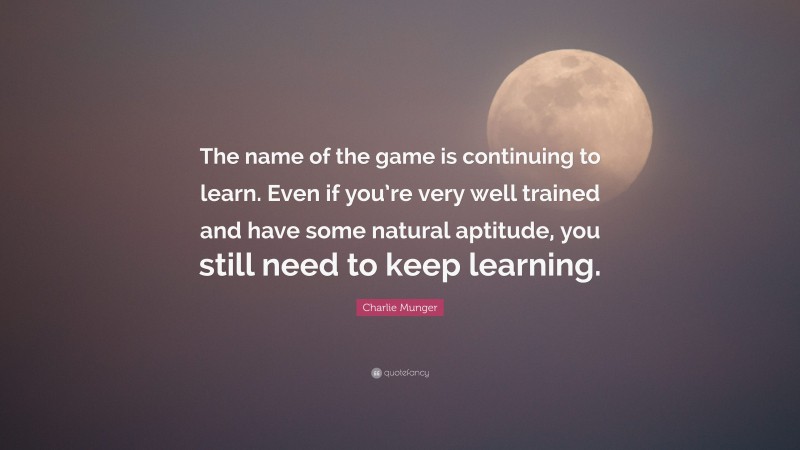

This involves having clusters of models, or what we call Playbooks, to apply for specific types of challenges.Īt the same time, an important companion model with this one is the Map vs Territory model that points out that, in the words of George Box: "All models are wrong, some of them are useful." This is also another reminder of the importance of using a broad range of models.
NAME MUNGER DOWNLOAD UPDATE
That said, Munger points out that there is no ‘master list’ that will work for everyone, rather you will need to build and continually update your list of mental models depending on your challenges, needs and context.īeyond a specific list of isolated models, the real power revealed by Munger was the unique thinking, innovation and creative problem solving that arises through your ability to combine and overlay diverse Mental Models. Munger explains: “ Models have to come from multiple disciplines because all the wisdom in the world is not to be found in one little academic department… Fortunately, it isn’t that tough because 80 or 90 important models will carry about 90% of the freight in making you a worldly-wise person.” It's the difference between solving problems with a single hammer, versus solving them with a dynamic and expansive cognitive toolkit. Munger argues that consciously developing and applying a Latticework of Mental Models will empower you to see each problem through a variety of lenses and possible options.

However, most do so unconsciously, using the same handful of models in every situation. Everyone uses mental models to understand and act in a complex world. Mental Models are simplified representations, concepts, and frameworks that allow us to quickly understand ourselves and our world. Charles Munger’s Latticework of Mental Models approach to thinking, business and decision making has informed leading investors, executives and entrepreneurs, and was the inspiration behind ModelThinkers.


 0 kommentar(er)
0 kommentar(er)
